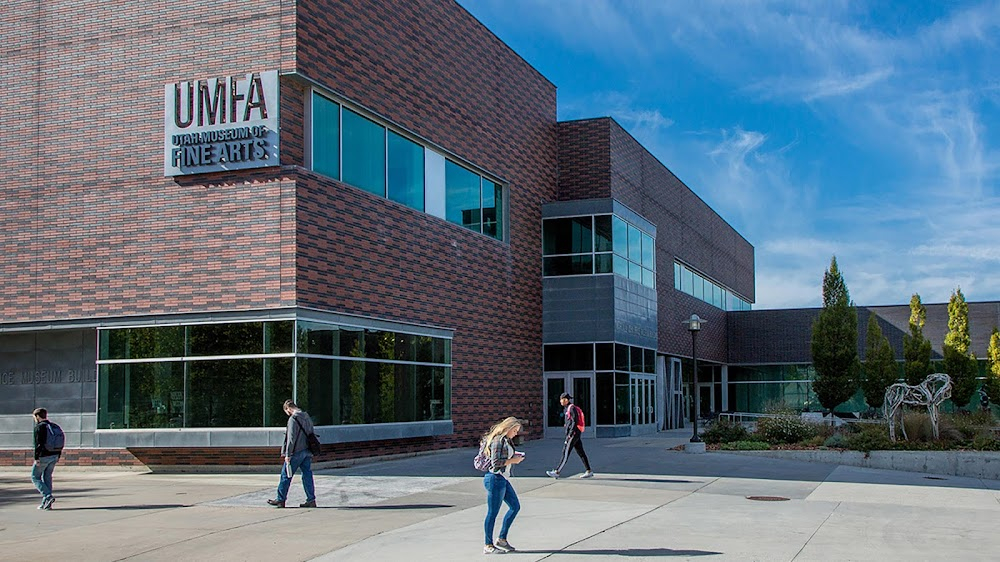The Rape of Europa Filming Locations
The Rape of Europa Filming Locations
Bad Aussee is a town in the Austrian state of Styria, located at the confluence of the three sources of the Traun River in the Ausseerland region. Bad Aussee serves as the economic and cultural center of the Styrian part of the Salzkammergut lakes region.
Dordogne is a department in southwest France, set between the Loire Valley and Pyrenees mountains. It’s known for prehistoric cave paintings in the Vézère Valley, like those in Lascaux Cave. The town of Périgueux is home to the Cathedrale St-Front, with its 5 domes, and the Vesunna Museum, built around Roman ruins. The medieval town Sarlat-la-Canéda centers on the Rue de la Republique and the Cathédrale St-Sacerdos.
Florence, capital of Italy’s Tuscany region, is home to many masterpieces of Renaissance art and architecture. One of its most iconic sights is the Duomo, a cathedral with a terracotta-tiled dome engineered by Brunelleschi and a bell tower by Giotto. The Galleria dell'Accademia displays Michelangelo’s “David” sculpture. The Uffizi Gallery exhibits Botticelli’s “The Birth of Venus” and da Vinci’s “Annunciation.”
Upper Franconia is a Regierungsbezirk of the state of Bavaria, southern Germany. It forms part of the historically significant region of Franconia, the others being Middle Franconia and Lower Franconia, which are all now part of the German Federal State of Bayern.
Kraków, a southern Poland city near the border of the Czech Republic, is known for its well-preserved medieval core and Jewish quarter. Its old town – ringed by Planty Park and remnants of the city’s medieval walls – is centered on the stately, expansive Rynek Glówny (market square). This plaza is the site of the Cloth Hall, a Renaissance-era trading outpost, and St. Mary’s Basilica, a 14th-century Gothic church.
Linz is a city in Upper Austria, straddling the Danube River midway between Salzburg and Vienna. Baroque buildings, including Old Town Hall (Altes Rathaus) and the old cathedral or Alter Dom, ring Hauptplatz, the old town’s main square. The riverside Lentos Kunstmuseum Linz has a major modern art collection. Across the river, the striking Ars Electronica Center focuses on society, technology and life in the future.
Munich, Bavaria’s capital, is home to centuries-old buildings and numerous museums. The city is known for its annual Oktoberfest celebration and its beer halls, including the famed Hofbräuhaus, founded in 1589. In the Altstadt (Old Town), central Marienplatz square contains landmarks such as Neo-Gothic Neues Rathaus (town hall), with a popular glockenspiel show that chimes and reenacts stories from the 16th century.
Pisa is a city in Italy's Tuscany region best known for its iconic Leaning Tower. Already tilting when it was completed in 1372, the 56m white-marble cylinder is the bell tower of the Romanesque, striped-marble cathedral that rises next to it in the Piazza dei Miracoli. Also in the piazza is the Baptistry, whose renowned acoustics are demonstrated by amateur singers daily, and the Caposanto Monumentale cemetery.
St. Petersburg is a Russian port city on the Baltic Sea. It was the imperial capital for 2 centuries, having been founded in 1703 by Peter the Great, subject of the city's iconic “Bronze Horseman” statue. It remains Russia's cultural center, with venues such as the Mariinsky Theatre hosting opera and ballet, and the State Russian Museum showcasing Russian art, from Orthodox icon paintings to Kandinsky works.
Vienna, Austria’s capital, lies in the country’s east on the Danube River. Its artistic and intellectual legacy was shaped by residents including Mozart, Beethoven and Sigmund Freud. The city is also known for its Imperial palaces, including Schönbrunn, the Habsburgs’ summer residence. In the MuseumsQuartier district, historic and contemporary buildings display works by Egon Schiele, Gustav Klimt and other artists.
Warsaw, officially the Capital City of Warsaw, is the capital and largest city of Poland. The metropolis stands on the River Vistula in east-central Poland.
The Rape of Europa (2006)
The story of Nazi Germany's plundering of Europe's great works of art during World War II and Allied efforts to minimize the damage.


